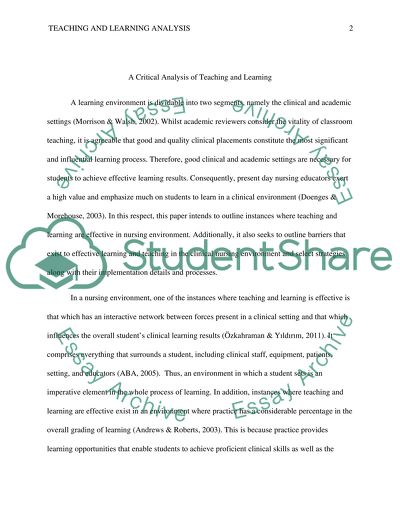Cite this document
(“A Critical Analysis of Teaching and Learning Coursework”, n.d.)
Retrieved from https://studentshare.org/nursing/1453097-a-critical-analysis-of-your-teaching-and-student
Retrieved from https://studentshare.org/nursing/1453097-a-critical-analysis-of-your-teaching-and-student
(A Critical Analysis of Teaching and Learning Coursework)
https://studentshare.org/nursing/1453097-a-critical-analysis-of-your-teaching-and-student.
https://studentshare.org/nursing/1453097-a-critical-analysis-of-your-teaching-and-student.
“A Critical Analysis of Teaching and Learning Coursework”, n.d. https://studentshare.org/nursing/1453097-a-critical-analysis-of-your-teaching-and-student.


